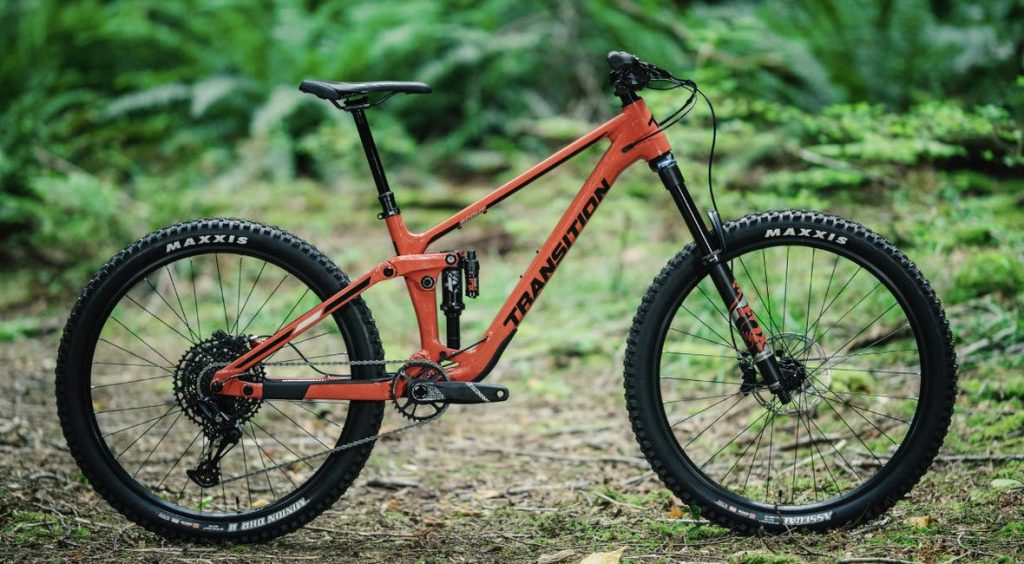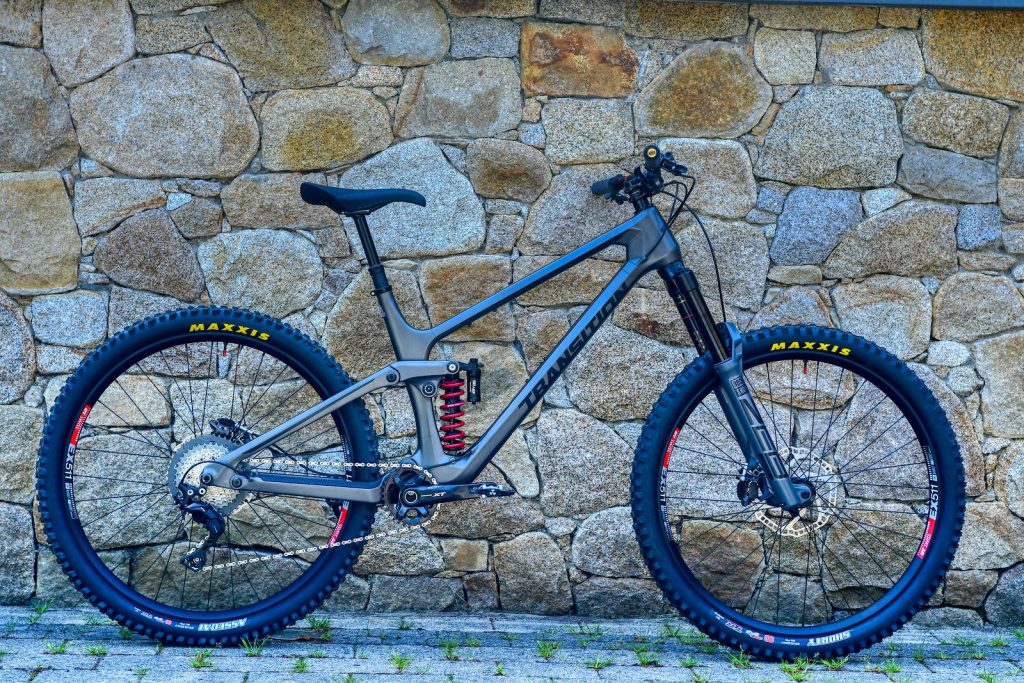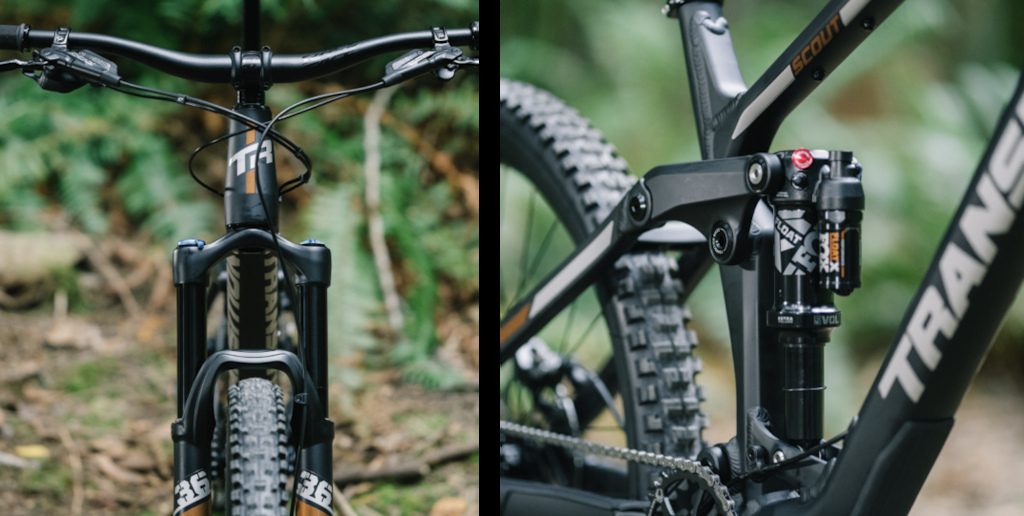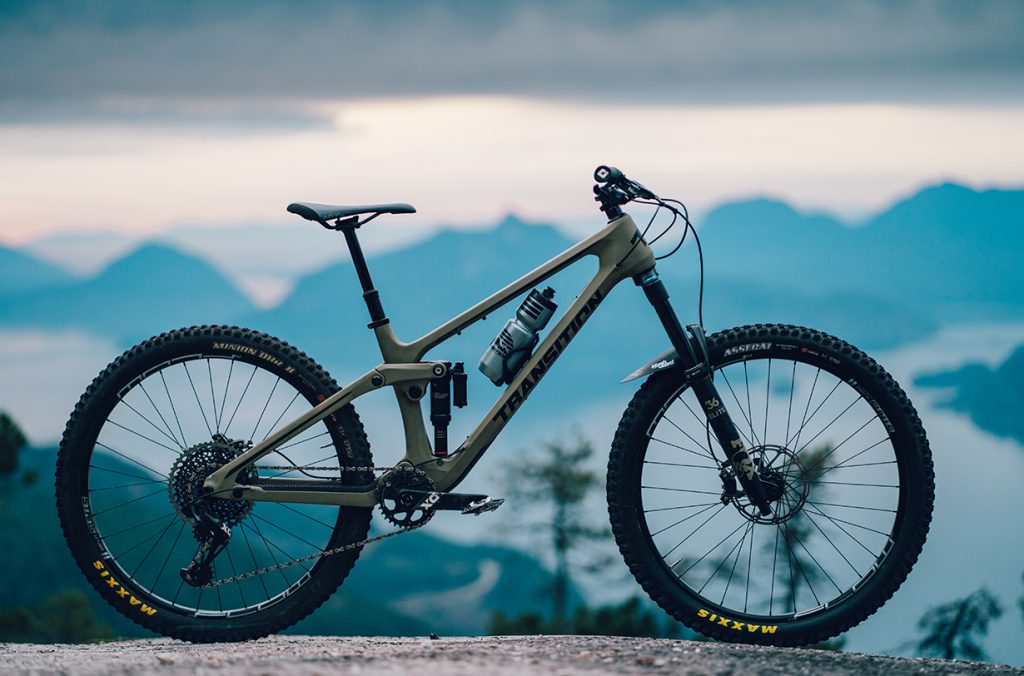Transition Sentinel vs. Scout Comparison; Mountain biking is more than just a sport; it’s a passion that fuels adventures and exploration. Choosing the right bike can make or break your experience on the trails. Transition Bikes offers two popular models, the Sentinel and the Scout, each catering to different riding styles and terrains. In this comparison, we’ll scout the trails with both bikes to determine which one suits your needs best.
Design and Frame Comparison|Transition Sentinel vs. Scout Comparison
Both the Transition Sentinel and the Transition Scout boast sturdy frames built to withstand the rigors of off-road riding. The Sentinel features a full carbon frame, offering lightweight performance and impressive durability. On the other hand, the Scout offers a blend of aluminum and carbon frame options, providing riders with choices based on their preferences and budget.

Suspension System Comparison
When it comes to conquering rough terrain, a reliable suspension system is paramount. The Sentinel comes equipped with a longer travel suspension, offering 150mm of rear-wheel travel paired with a 160mm fork upfront. In contrast, the Scout offers slightly less travel, with 140mm of rear-wheel travel and a 150mm fork. Both bikes utilize modern suspension designs to soak up bumps and keep you in control on the trail.
Geometry Comparison
Geometry plays a crucial role in how a bike handles on various terrain types. The Sentinel features a more aggressive geometry, with a slack head angle and longer wheelbase, providing stability at high speeds and confidence in steep descents. Conversely, the Scout has a more playful geometry, with a steeper head angle and shorter wheelbase, making it nimble and maneuverable on tight trails and technical sections.

Performance on Trails
On the trails, both the Sentinel and the Scout shine in their respective ways. The Sentinel’s longer travel and aggressive geometry make it a beast when tackling rugged terrain and fast descents. It eats up obstacles with ease, giving riders the confidence to push their limits. On the other hand, the Scout’s shorter travel and playful nature excel on flowy singletracks and technical climbs, where agility and responsiveness are key.
Climbing Ability
When it’s time to earn your turns, climbing performance becomes crucial. The Sentinel’s efficient pedaling platform and optimized suspension design make uphill climbs more manageable, despite its longer travel. Meanwhile, the Scout’s lighter weight and nimble handling make it a joy to ascend steep trails and navigate switchbacks with ease.

Descending Ability
Descending is where these bikes truly come alive. The Sentinel’s longer travel and aggressive geometry inspire confidence on steep descents and technical terrain, allowing riders to push the limits of their riding abilities. The Scout, while not as burly as the Sentinel, still holds its own on descents, offering precise handling and nimble maneuverability through tight corners and rock gardens.
Versatility
When it comes to versatility, both bikes have their strengths and weaknesses. The Sentinel excels in aggressive trail riding and enduro racing, where speed and stability are paramount. The Scout, on the other hand, is more versatile, capable of tackling a wide range of trails with ease, from cross-country epics to all-mountain adventures.
Pricing and Value
In terms of pricing, the Sentinel typically commands a higher price tag due to its premium components and advanced features. However, the Scout offers excellent value for money, providing riders with high-performance capabilities at a more affordable price point. Ultimately, the choice between the two will depend on your budget and riding preferences.
Customer Reviews
Let’s hear from riders who have experienced both the Sentinel and the Scout firsthand:
- “The Sentinel is an absolute beast on the descents. It eats up rough terrain like it’s nothing!”
- “I love the playful nature of the Scout. It’s so much fun to ride on twisty singletracks!”
- “Both bikes are great, but the Sentinel’s extra travel gives me the confidence to tackle anything the trail throws at me.”

Conclusion
In conclusion, both the Transition Sentinel and the Transition Scout are exceptional mountain bikes that excel in their respective domains. If you’re a gravity-focused rider who loves bombing down technical descents, the Sentinel is the clear choice. However, if you prefer a more playful and versatile ride that can handle a variety of trails, the Scout is the way to go. Ultimately, it’s all about finding the bike that matches your riding style and inspires you to explore new trails with confidence.
FAQs
Which bike is better for downhill riding?
The Transition Sentinel is better suited for downhill riding due to its longer travel and aggressive geometry.
Is the Transition Scout suitable for cross-country riding?
While the Scout is not specifically designed for cross-country riding, its versatility allows it to handle cross-country trails with ease.
Can I upgrade components on the Transition Sentinel or Scout?
Yes, both bikes can be upgraded with aftermarket components to enhance performance or customize the ride experience.
What sizes are available for the Transition Sentinel and Scout?
Both bikes come in various sizes to accommodate riders of different heights and preferences.
Do Transition bikes come with a warranty?
Yes, Transition Bikes offers a warranty on all their frames to provide peace of mind to riders.













